Embarking on a web design project is a thrilling venture. It’s an opportunity to bring your vision to life in the digital realm. However, finding the right balance of involvement in the creative process can be a delicate dance. This article explores the nuances of creative control, guiding you on how to navigate your role effectively.
Understanding Your Role
1. Setting Clear Objectives
The most important thing in communication is hearing what isn't said.
At the outset, define your goals and expectations clearly. This includes the purpose of the website, target audience, desired features, and any specific branding guidelines. This foundational step sets the tone for the entire design process.
2. Trust in Expertise
The expert in anything was once a beginner.
Hiring a web designer or agency implies a level of trust in their expertise. They bring a wealth of knowledge in design principles, user experience, and technical execution. Allow them the creative freedom to leverage their skills.
Finding the Right Balance
1. Effective Communication
The art of communication is the language of leadership.
Maintaining open lines of communication is paramount. Regular updates, feedback sessions, and discussions ensure that your vision aligns with the evolving design. Encourage a collaborative environment where ideas flow freely.
2. Providing Constructive Feedback
Feedback is the breakfast of champions.
When offering feedback, be specific and constructive. Highlight what works well and suggest improvements where needed. This ensures that the design process remains on track and aligned with your vision.
3. Respecting Expertise
The biggest risk is not taking any risk. In a world that is changing quickly, the only strategy that is guaranteed to fail is not taking risks.
While your input is invaluable, remember that you hired a designer for a reason. Avoid micromanaging every detail. Trust in their ability to bring your vision to life with their professional touch.
Knowing When to Let Go
1. Focusing on the Big Picture
The best way to predict the future is to create it.
As the project progresses, resist the urge to get bogged down in minute details. Instead, keep your focus on the overarching goals and objectives. Trust that the designer is adept at managing finer elements.
2. Embracing Iteration
It is not the strongest of the species that survive, nor the most intelligent, but the one most responsive to change.
Design is an iterative process. Be open to changes and refinements as the project evolves. Embrace new ideas and be willing to adapt to ensure the best possible outcome.
Conclusion: Striking the Right Chord
Balancing creative control in the web design process requires finesse. It’s a dynamic interplay of setting clear objectives, effective communication, and respecting expertise. By finding the right harmony, you pave the way for a successful collaboration that brings your digital vision to life.





